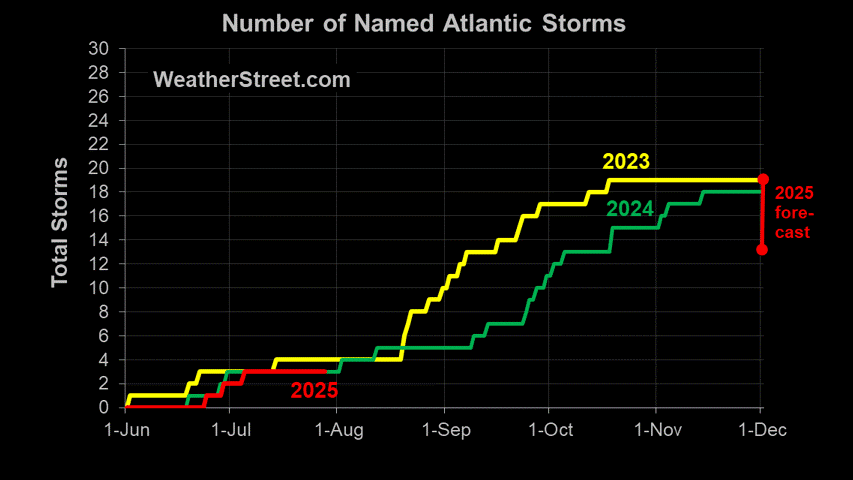Cyclone Paul comes ashore hard
 Tropical cyclone Paul has been a rather strange storm in my opinion. First of all it forms right on and along the coast and then intensifies even with the interaction from land.
Tropical cyclone Paul has been a rather strange storm in my opinion. First of all it forms right on and along the coast and then intensifies even with the interaction from land.Monday morning Paul turned towards the west and headed inland. Even after making landfall and coming completely on shore, this storm continued to strengthen or remain an organized storm fairly far inland.
Cyclone Paul not spent despite crossing coast (ABC News)
The Bureau of Meteorology says Tropical Cyclone Paul crossed the Northern Territory coast near Blue Mud Bay overnight and is causing wild weather around Borroloola and the Gulf country.
The bureau says Arnhem Land communities need to remain vigilant.
Senior forecaster Sally Cutter says Groote Eylandt has had about 157 millimetres of rain since yesterday morning and winds came close to gale force on Elcho Island last night.
"Since about midnight they've been getting pretty close to gales and some pretty good gusts and down on the southern end of the gulf, we've got some pretty gusty, squally showers and storms," she said.
"Borroloola at the moment is underneath a band feeding into Paul so they're getting a bit of wild weather down there as well."
The bureau says Cyclone Paul is still a Category 2 system but is showing signs of weakening.However, they expect it to strengthen again.
A cyclone warning is in place for coastal and island communities from Milingimbi Island to Numbulwar, including Nhulunbuy and Groote Eylandt.
There is a cyclone watch for coastal and island communities west to Maningrida and south to Port McArthur.
Mark Hentschel from the bureau says Cyclone Paul is expected to head back out to sea. "[After crossing the coast] in the 24 to 48-hour period we are expecting it to then recurve back towards the coast," he said.
"And once it gets back over the water again in the Gulf of Carpentaria it's likely to redevelop into a tropical cyclone again.
In the meantime, Paul is battering the area with heavy rain and strong winds.
Cyclone Paul batters Arnhem Land (Sydney Morning Herald)
Heavy rain and destructive winds from cyclone Paul have battered Arnhem Land for 24 hours, bringing down trees and causing flooding.
Cyclone Paul crossed the east coast of the Northern Territory on Monday morning and remains a category two storm, with winds of up to 130km/h.
More than 300mm of rain has fallen in the past 48 hours at Groote Eylandt, where schools and a BHP mine remain closed.
The cyclone has also caused stream flooding in parts of Arnhem Land, while trees have been brought down across roads in some areas.
The Bureau of Meteorology expects the cyclone to weaken below cyclone strength on Tuesday, but warns it could strengthen again later in the week.
"It's not necessarily all over... if it does get back over waters of the Gulf of Carpentaria it could re-intensify fairly quickly," forecaster Michael Foley told AAP on Tuesday.

















